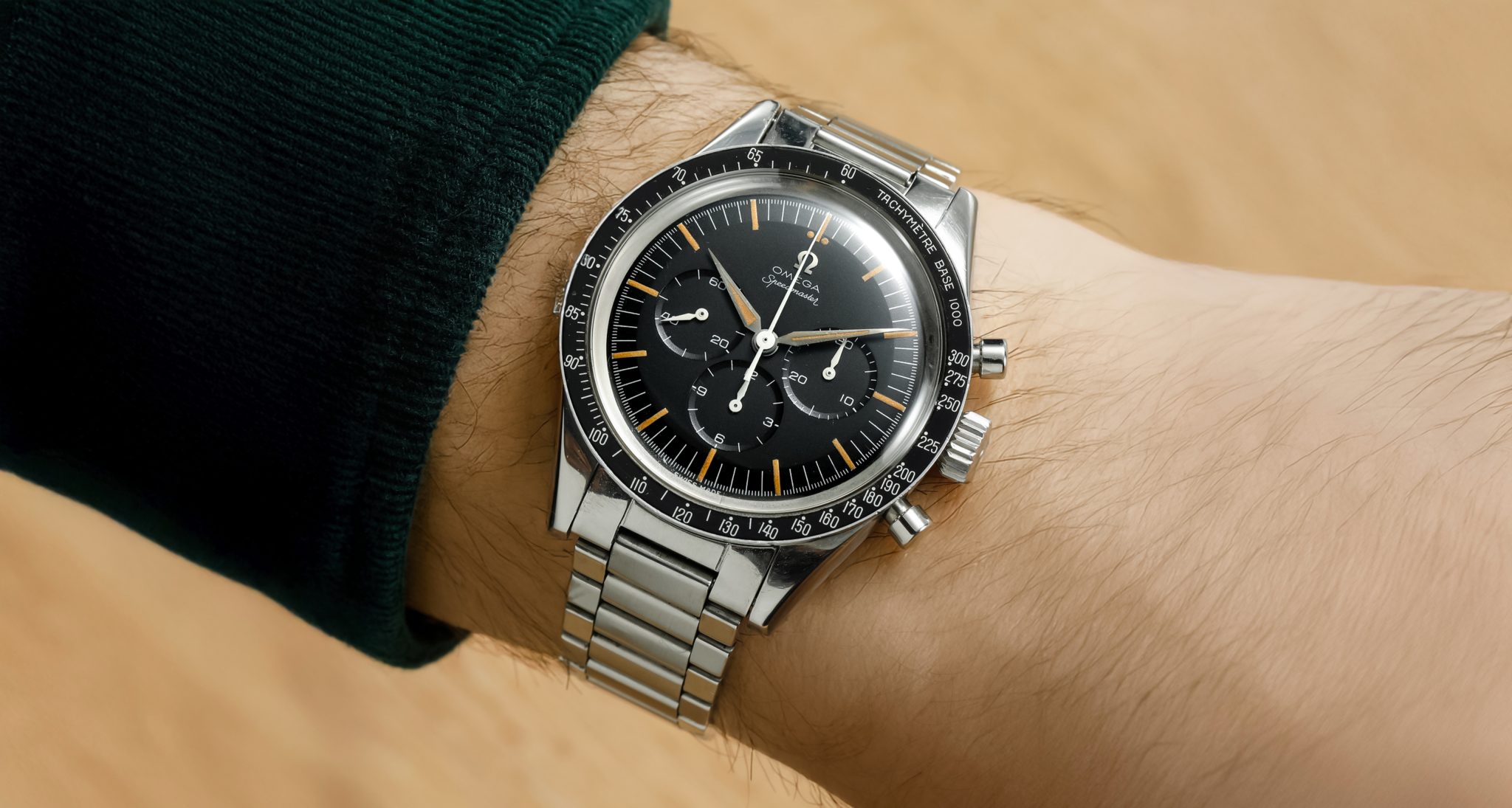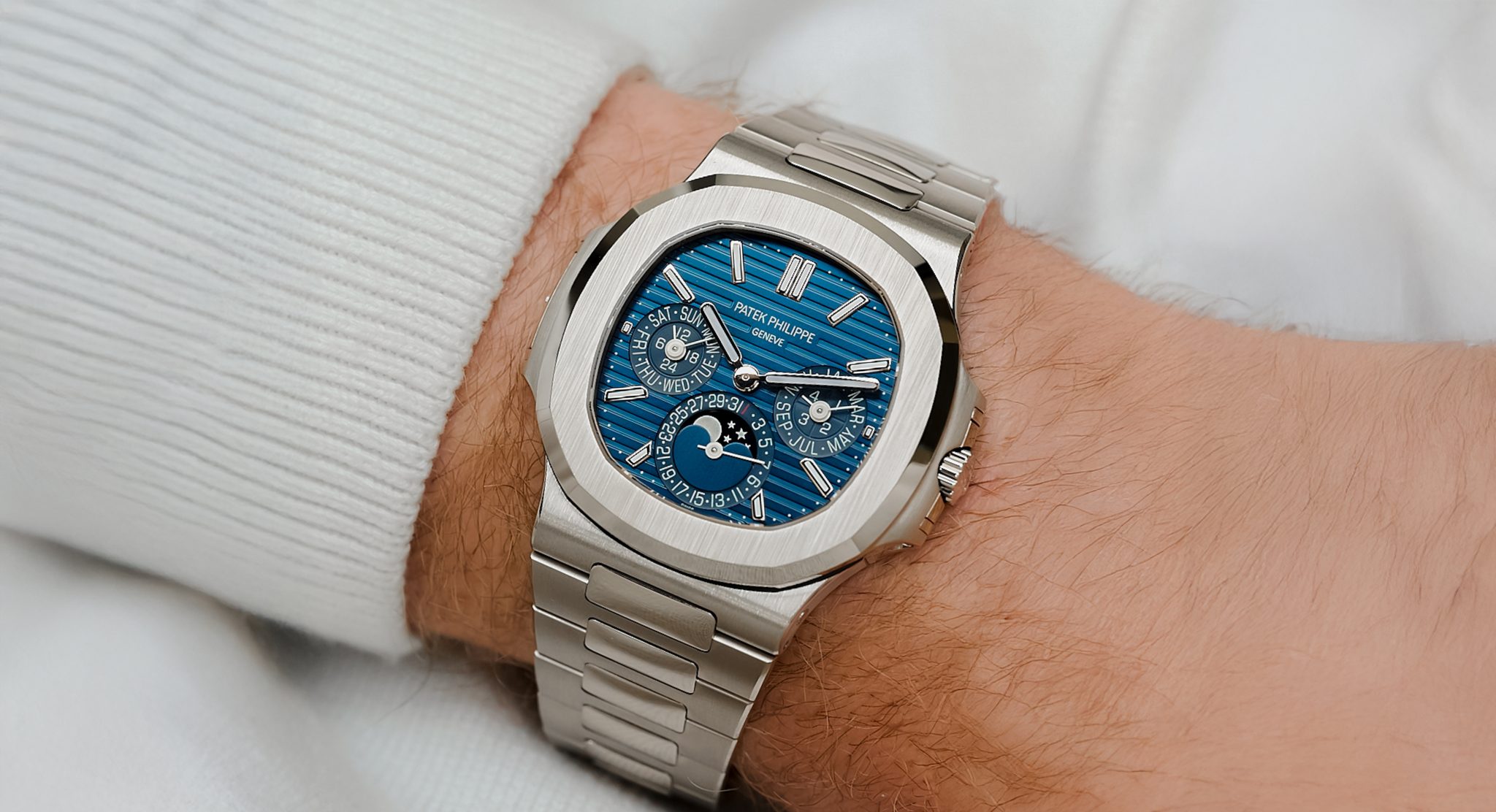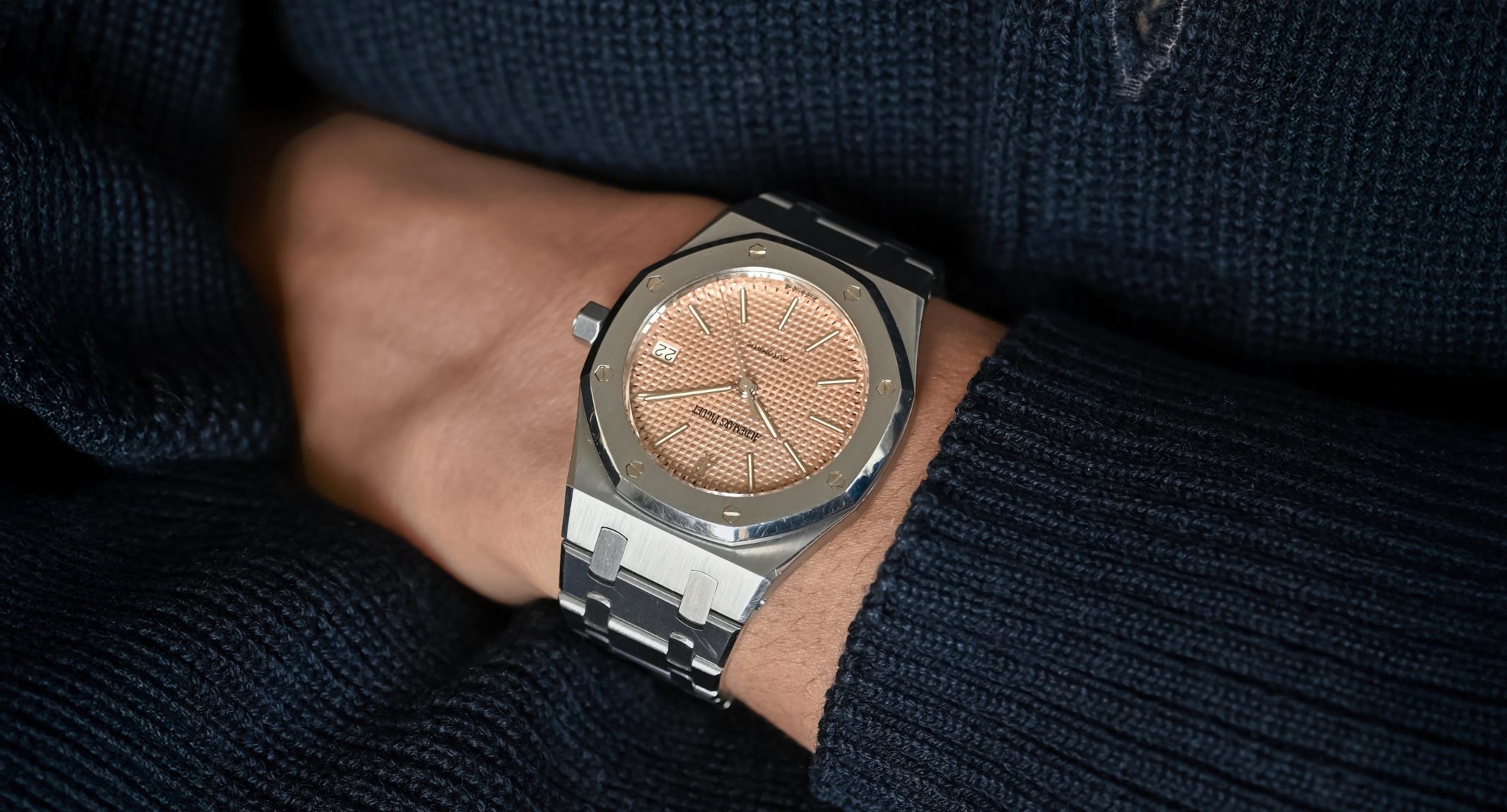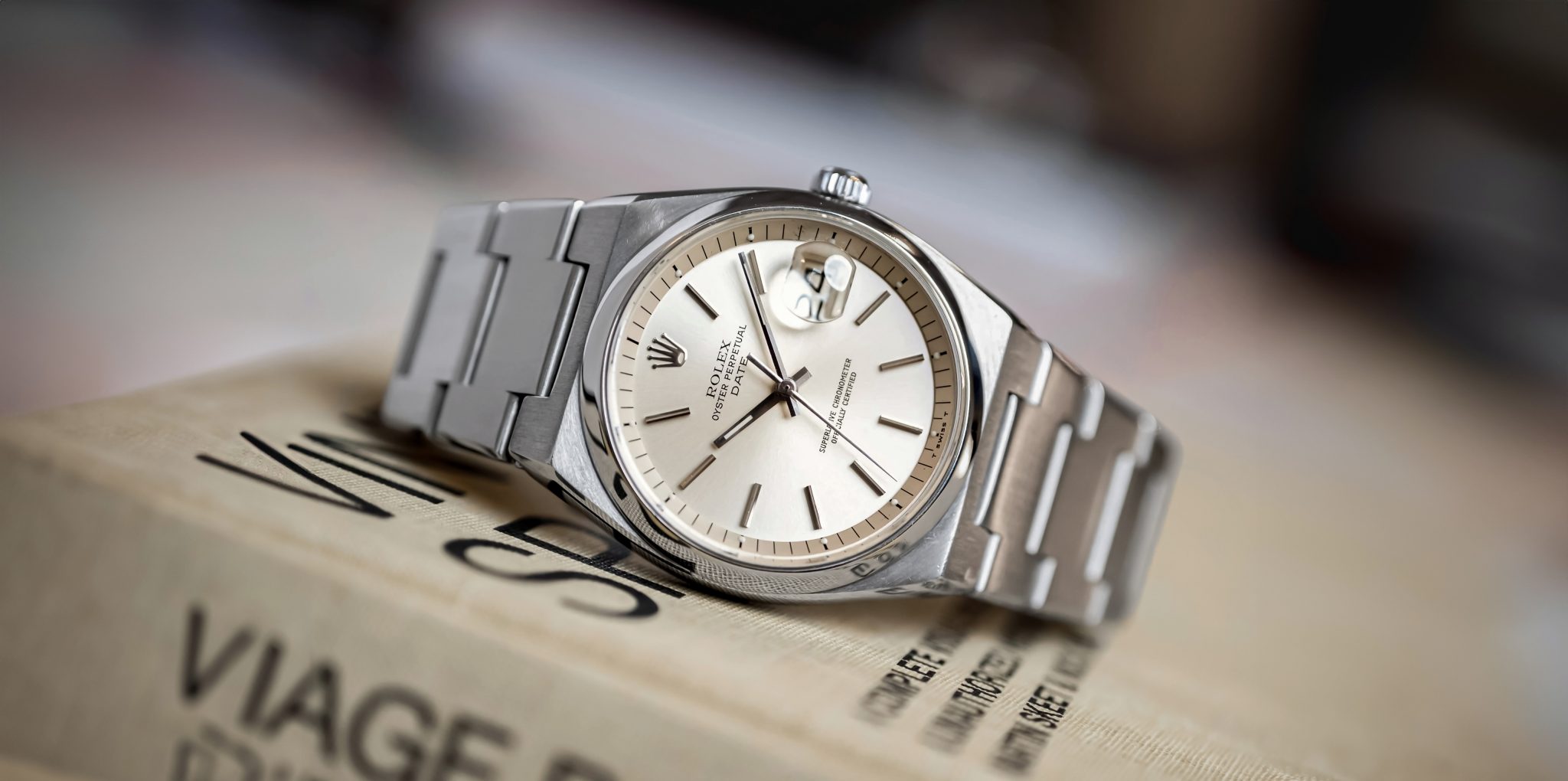
1530 Rolex Oyster Perpetual Date
The 1530 is an esoteric cult watch. It can’t be described briefly, the result of many macro forces. It can be described as, ‘The mechanical Oysterquartz that isn’t quartz, which Tissot will never admit was almost certainly a design reference for the PRX, and is surprisingly rare with dial that can go very tropical-yellow’. Not an elegant description, but true. Yes, this a mechanical Rolex in the Oysterquartz’s integrated case. But it’s more than that. It’s Rolex at their best, on the back foot, in the throes of quartz. It is estimated to have been made in 1500 examples only, which for a standard catalogue Rolex is absurdly small. In the last few years, its changed from a niche, edge-case quartz era artifact to a cult classic with a seriously passionate and not-as-small-as-you-might-think group of collectors loving them. It deserves it.
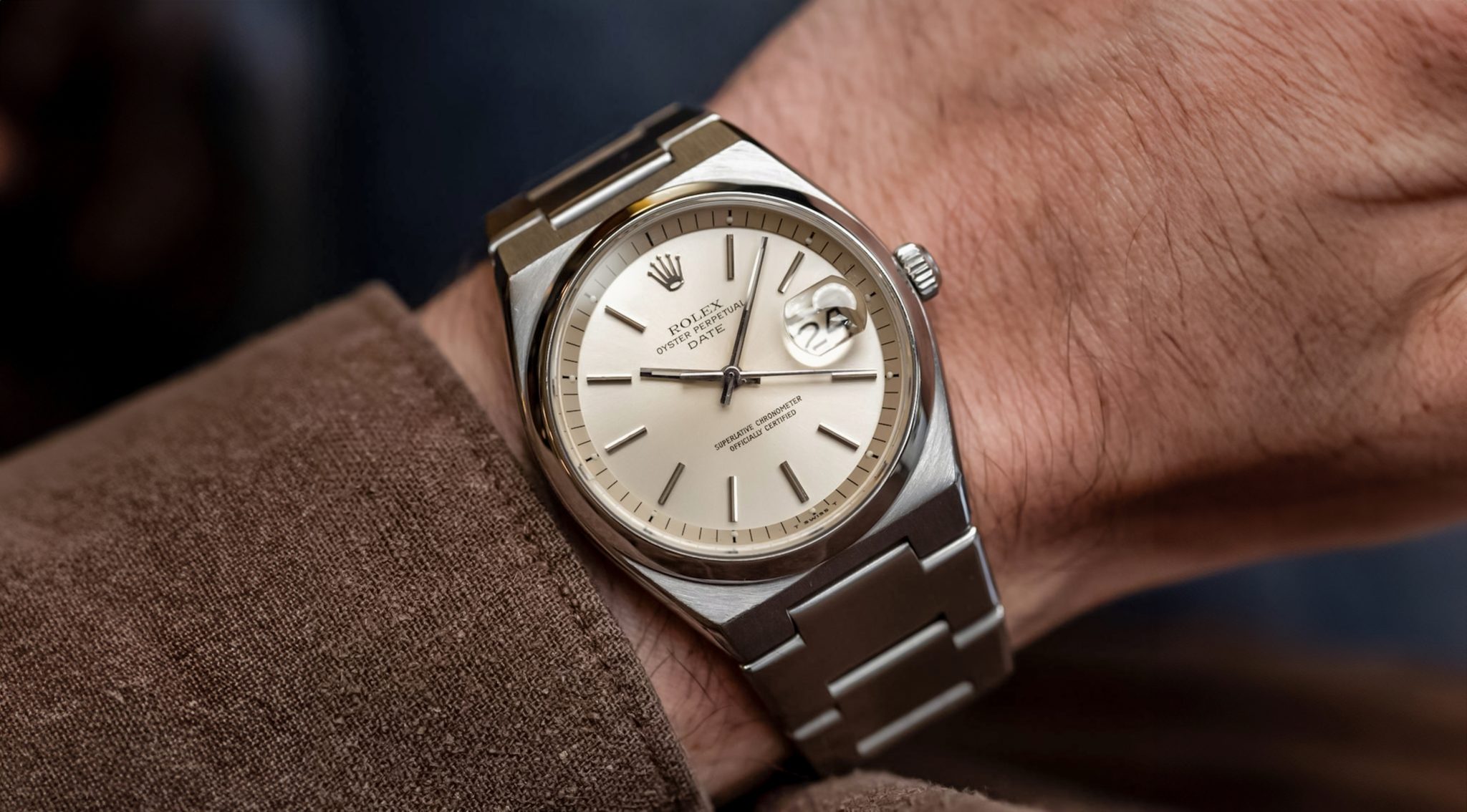
Quick background here. To face the quartz crisis head-on, Rolex had decided in 1972 to develop their own revolutionary calibre and not rely on the Beta 21. That monumental project, the Oysterquartz, took a humbling, unexpectedly lengthy, and expensive five years. However, a few years into the project, Rolex had already designed and produced the perfect case for this groundbreaking calibre, strongly influenced by the 5100 ‘Texan’ and more refined. Instead of simply waiting for the Oysterquartz to be finished at some uncertain time, Rolex decided to combine this new angular 36mm steel case with their dependable calibre 1570 for the interim. The result was this, the short-lived 1530; an Oysterquartz case with an automatic calibre.
The normal dial for a Date, which fit the calibre 1570, was too small for this case. And hence the solution was this wide, very angled rehaut to cover the gap. That disappeared by the roll in of the Oysterquartz and is the easiest way to tell one from the other. Its run lasted from just 1975 until 1977 and launch of the quartz, making it one of the shortest production runs ever by some margin. Moreover, these dials vary from the 17000 Oysterquartz considerably. It is not confirmed but widely speculated that this was the first Rolex ever to use sapphire crystals as well. So, if you want a Date (not Just) but integrated, it does exist. And, to use the parlance of its time, it’s rad.
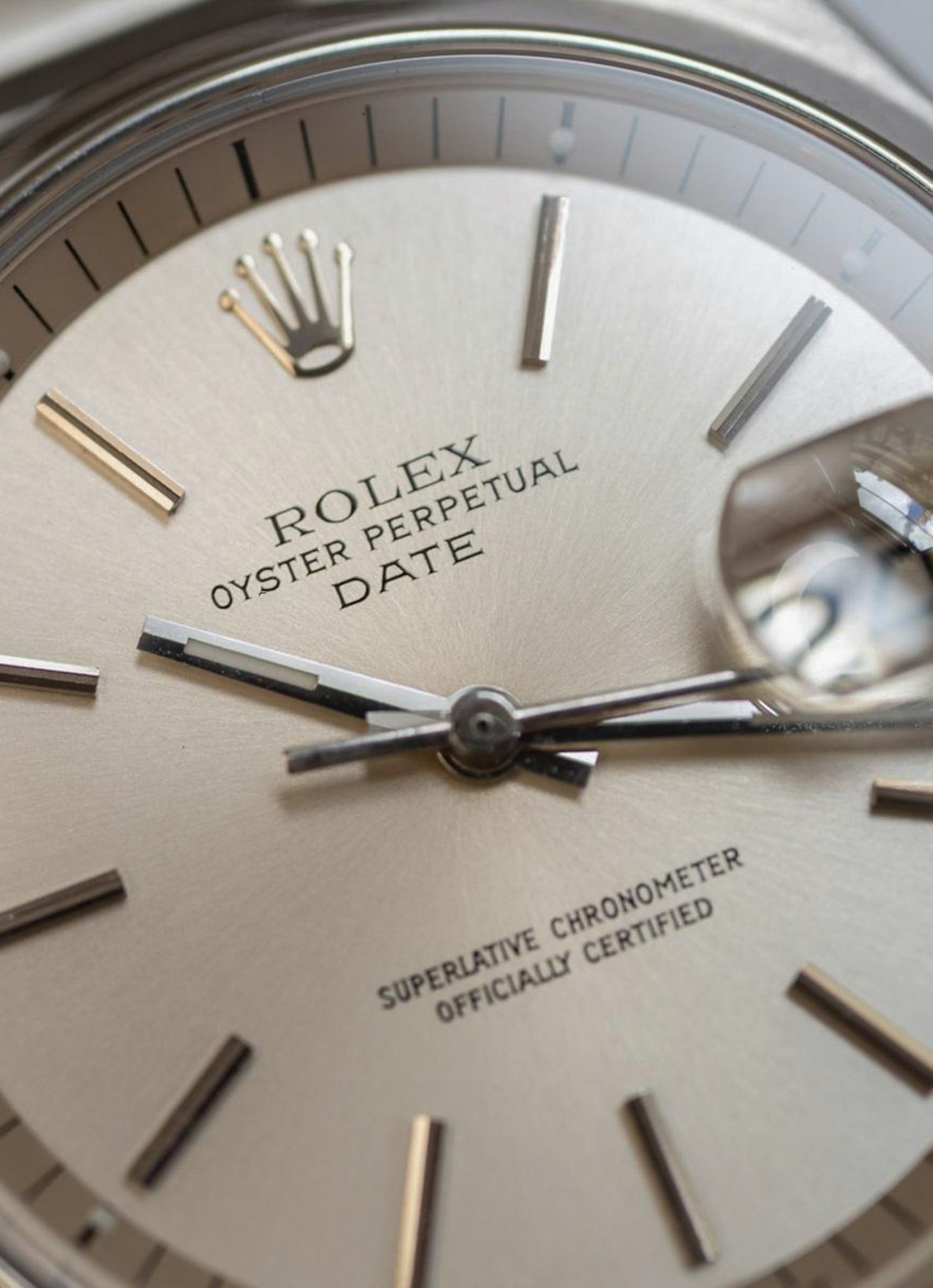
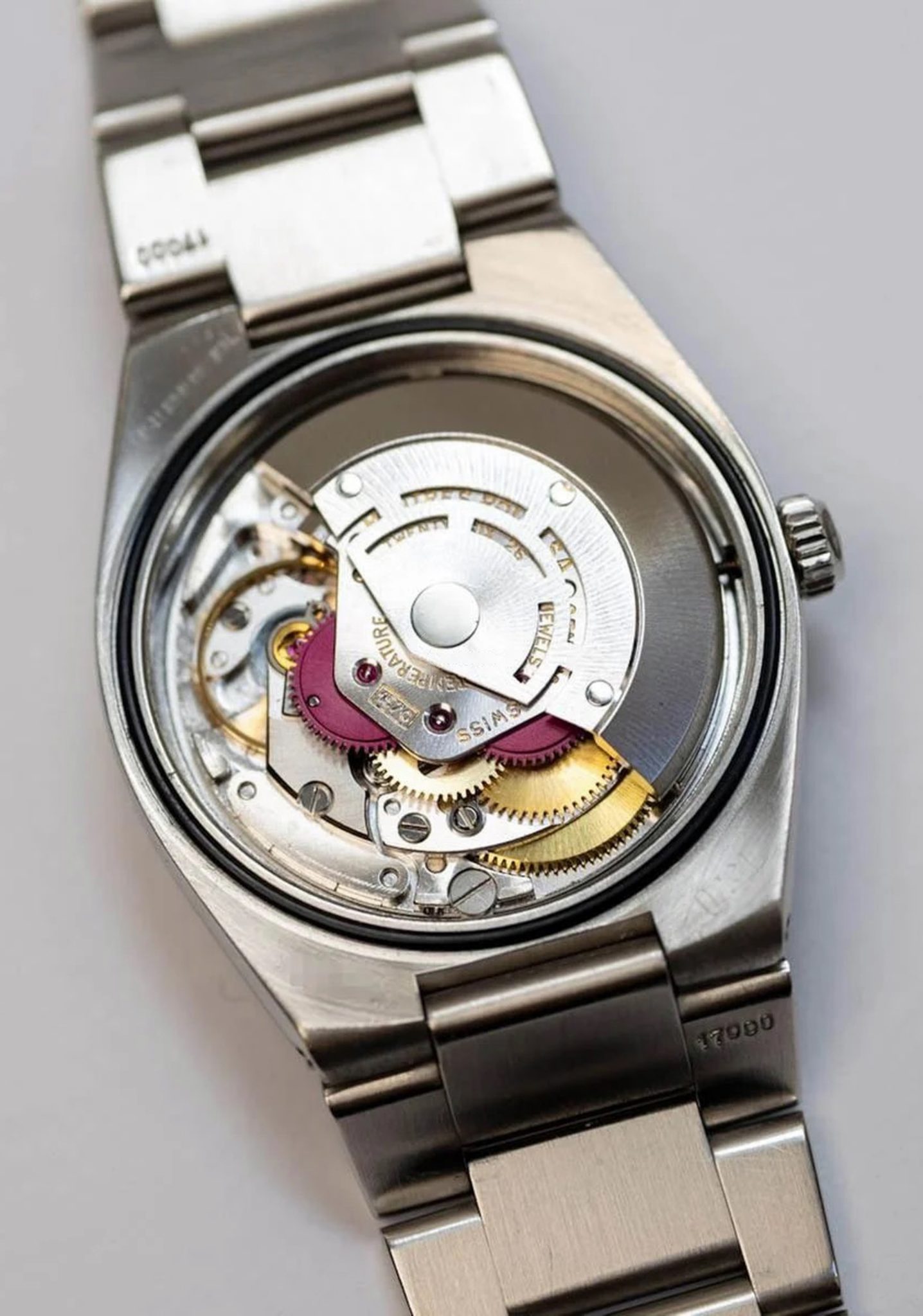
This example is one of the lesser patinated we’ve highlighted. You can find these from this silver to a citrus lemon in tone, these dials did often go a bit tropical but yellow-tropical. This one is very by-the-book and as Rolex released it, tritium is the lightest of cream tone. The case has been lightly polished, but not badly at all. Just should be noted. It comes from a well-regarded Parisian retailer.






